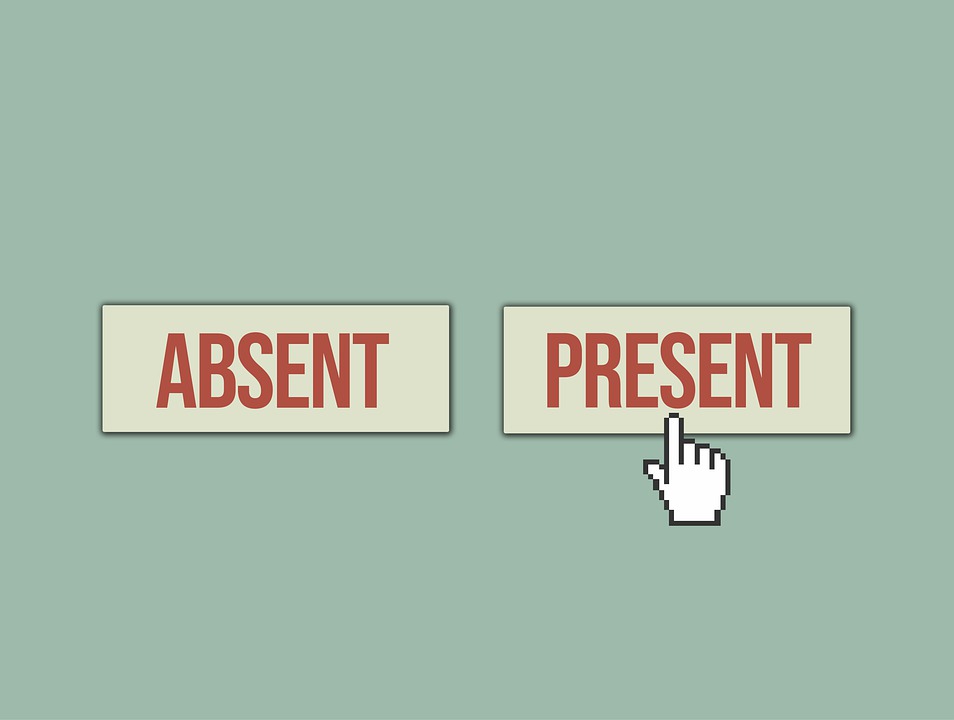How to Manage Holiday Requests
With the summer holidays about the start, and the sun beginning to shine, it is...

Any length of absence can be disruptive to employers, but there are particular extra considerations that need to be taken into account with long term absences, ranging from how to liaise with the employee whilst they are off to how to bring them back to work if this is even possible.
Long term absence is usually referred to as any continuous absence that lasts longer than 4 weeks and may be due to an illness, either unexpected or a chronic condition; an accident; or a planned operation.
Due to the length of long term absences and the impact they can have on the Practice, there is a fine balance between ensuring that you are supporting your employee whilst still maintaining the effective running of the business.
Each long term absence is different, with each having specific nuances therefore there is no one size fits all approach, making managing any particularly difficult. However there are some general areas that do need to be considered, and we can help you through the process.
Maintaining contact with the employee whilst they are off work
When an employee has been absent for a long period of time, it can be easy to forget that they are still an employee, and they can start to feel isolated and less engaged with the team. Therefore it is important to ensure that contact is maintained throughout any period of absence. The frequency and type of contact may vary depending on the employee and their situation, but these should be agreed on by both sides.
These check ins can be used for both a welfare perspective to check that they are doing OK, and for practical reasons such as ensuring that you have the appropriate fit notes in place for them, and to let them know if there are changes to their sick pay coming up.
Helping the employee return back to work
Returning to work after any absence can be difficult, particularly the longer an employee has been off, therefore it is important to ensure that you support them back into work.
One of the main ways of doing this is through a phased return to work, which eases the employee back into work. The duration and number of working hours during a phased return can vary depending on the situation and often this is guided by either a fit note or an occupational health report.
Depending on the situation, certain adjustments may need to be made in order to allow the employee to return. These might include changes to their work set up such as a new chair, allowing them to be more flexible with their working times and taking breaks, or changing certain duties that they are expected to complete. Any adjustments only have to be reasonable, as what is reasonable will depend on the specific circumstances.
An occupational health assessment can be invaluable in aiding an employee to return to work, as this can help determine the best ways for doing this and what, if any, adjustments may be needed. If
you are looking for an occupational health assessment, we can help you with this, just contact pauline@almc.co.uk.
What to do if a return to work isn’t possible
Unfortunately it is not always possible for the employee to return, and you may need to consider dismissing the employee on ill health grounds. However this can be risky due to the high likelihood that there could be a link to disability, and so a dismissal could be considered as discrimination. Please do contact us for support should you be about to consider this outcome.
Managing any employee who is absent long term can be difficult, which is why we are here to help. We can provide support for any queries you may have along the way, as well as guiding you through the process of a ill health dismissal if this is the unfortunate outcome that needs to happen. Please get in touch with on 0117 9702755 or catherine@almc.co.uk if you would like any support.
By: Admin Account | 18th June 2021 | blog
With the summer holidays about the start, and the sun beginning to shine, it is...
By: Admin Account | July 16, 2021 | blog
In its basic terms, suspension is when an employee is still employed by the organisation...
By: Admin Account | July 9, 2021 | blog
Parental leave – what is it? Who is eligible to it? And how do they...
By: Admin Account | July 2, 2021 | blog
Returning from maternity leave can be a bit daunting so as an employer you should...
By: Admin Account | June 30, 2021 | blog